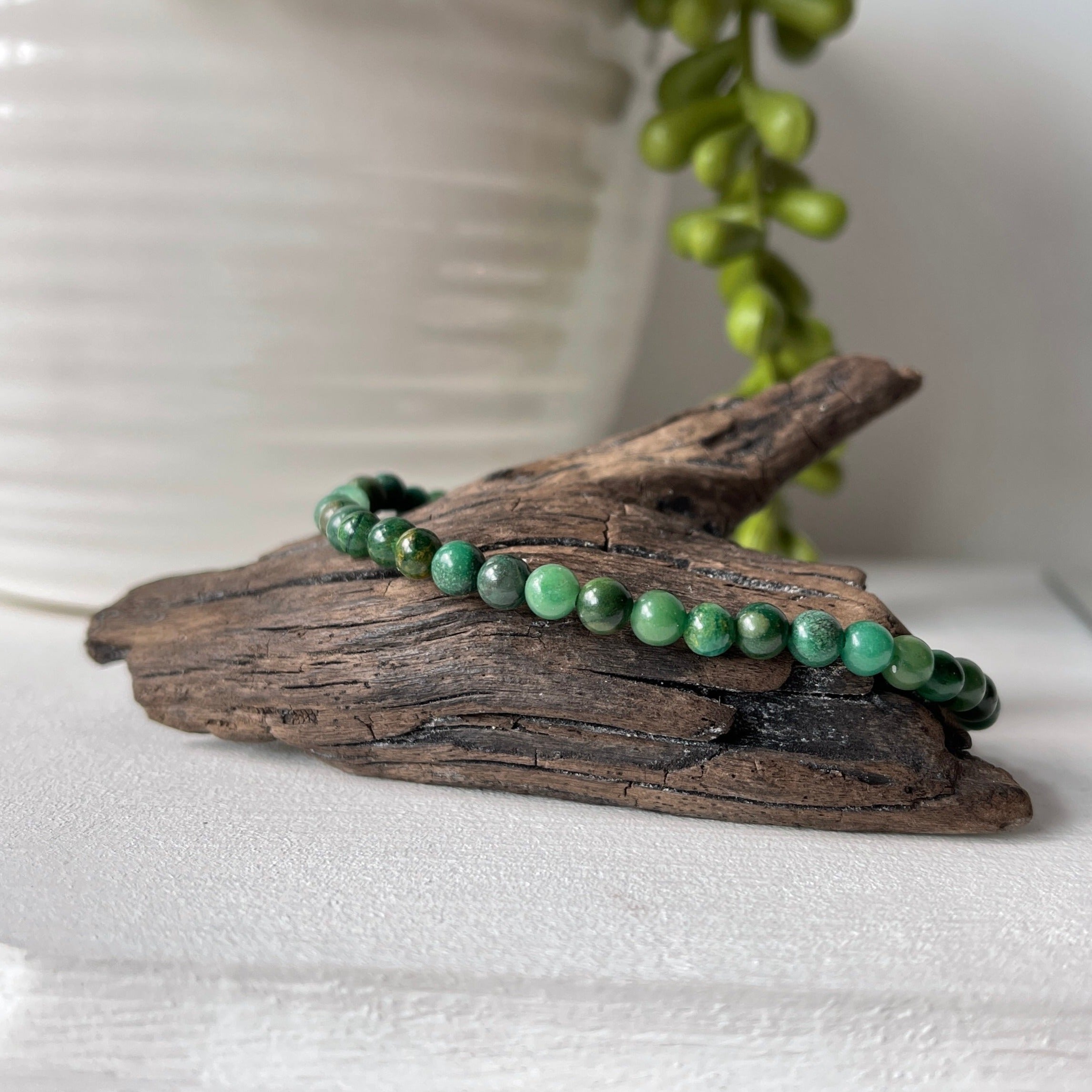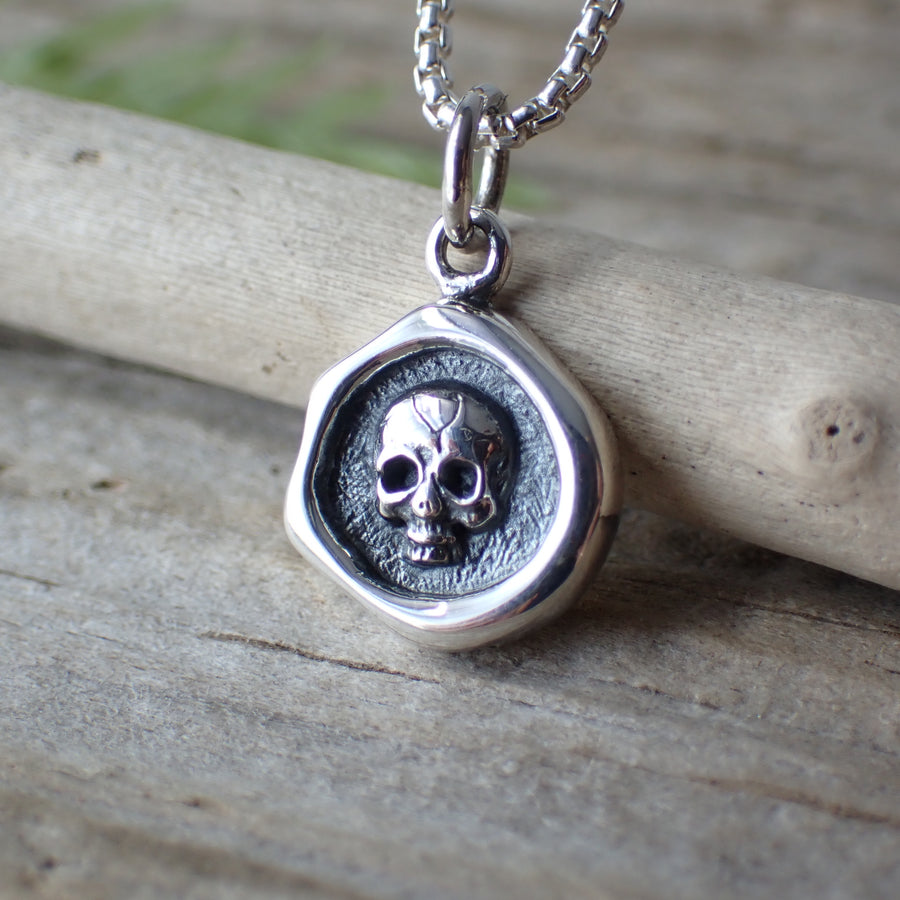Step into the world of intriguing symbolism with this meticulously designed pendant, expertly crafted to capture the essence of a skull, traditionally seen on wax seals used to impart authenticity and secrecy. Made from sterling silver, each piece represents our dedication to both artistic craftsmanship and enduring quality.
Measuring a compact 10mm in diameter, this charm encapsulates the intricate details of a skull, evoking a sense of mystery and contemplation. The design captures both the enigma of mortality and the allure of the unknown.
Our Wax Seal Skull Charm Necklace is more than just an accessory; it's a symbol of life's impermanence and the secrets that lie hidden within. Whether you're drawn to its symbolism, appreciate its unique aesthetic, or seek to make a statement, this piece serves as a wearable emblem of mystery.
Pardon our appearance as we embark on a sustainable journey together! 🌱 Most of our shipping and packing materials are lovingly reused, giving them a second chance at life. We collect boxes, bubble wrap, and other supplies from neighbors and local businesses to prevent them from ending up in the landfill. You may notice reused bubble wrap in your package since we never purchase new. For smaller items, we opt for biodegradable mailers and eco-friendly paper packing materials. We understand the environmental impact of crystal mining and strive to minimize our footprint in any way possible. Thank you for joining us on this eco-conscious adventure! 💚
All shipments are insured against damage, loss or theft. Please email us within 24 hours of your delivery if there is a problem so we can begin your insurance claim.
To ensure the lasting beauty of your sterling silver, adopt a regular care
routine. Begin by cleaning your silver with a soft, lint-free cloth after each
use, avoiding abrasive materials like paper towels. Shield your silver from
harsh chemicals, steering clear of chlorine, bleach, or ammonia, and remove
jewelry before swimming or using cleaning products. When not in use, store your
sterling silver in a cool, dry place, preferably in airtight bags or
anti-tarnish pouches to minimize exposure to air and humidity. To restore shine
and eliminate tarnish, employ a silver polishing cloth or specialized silver
polish, using gentle back-and-forth motions. By incorporating these practices
into your silver care regimen, you can keep your sterling silver radiant and
well-maintained.










